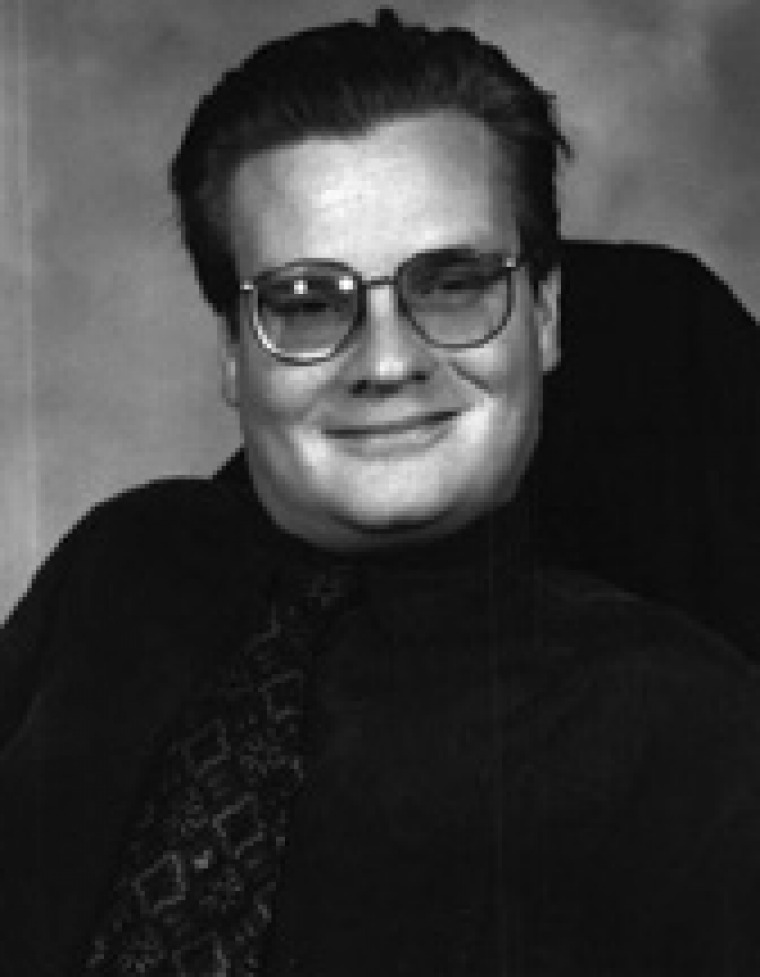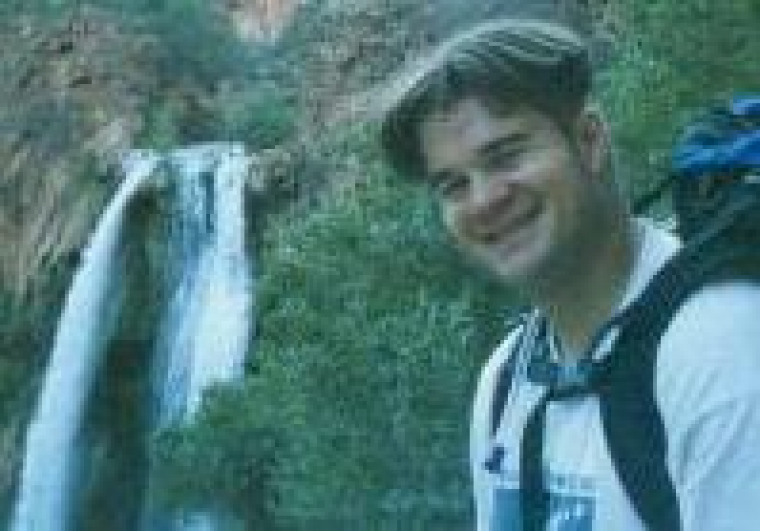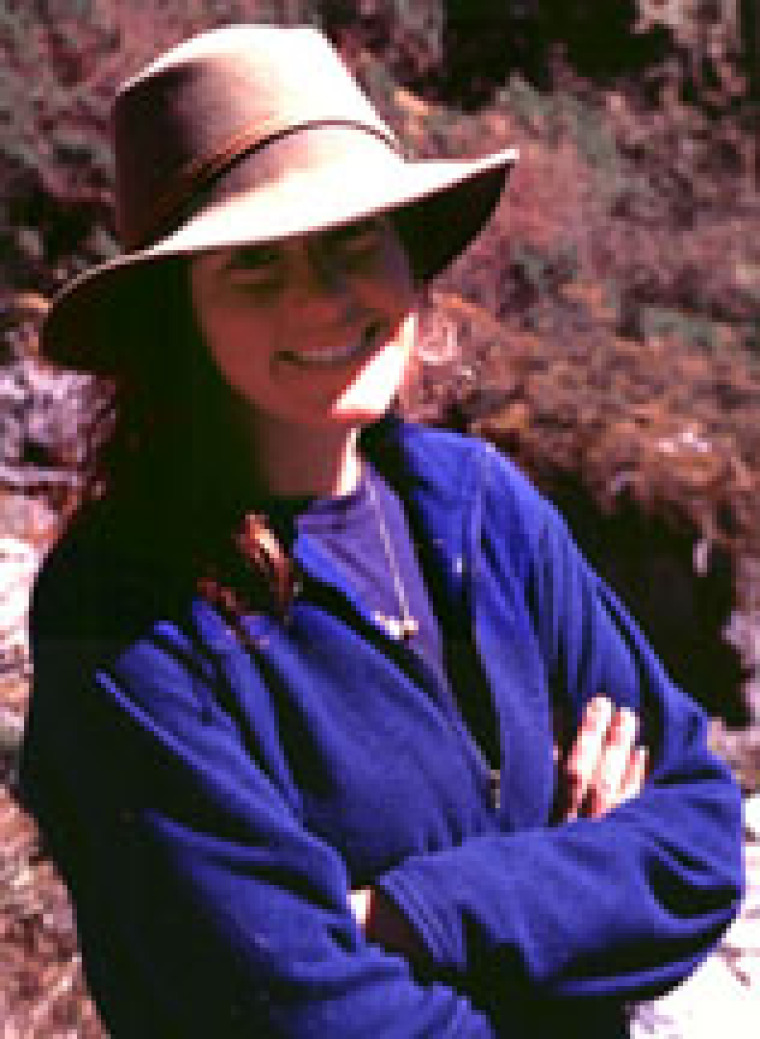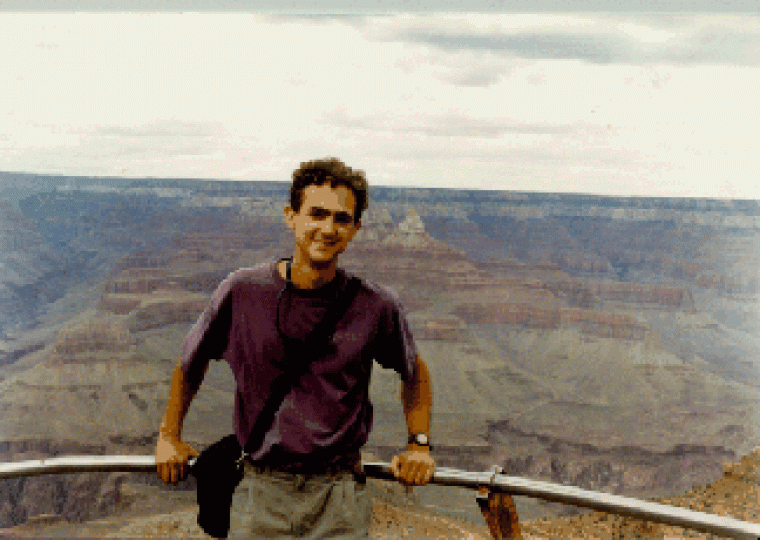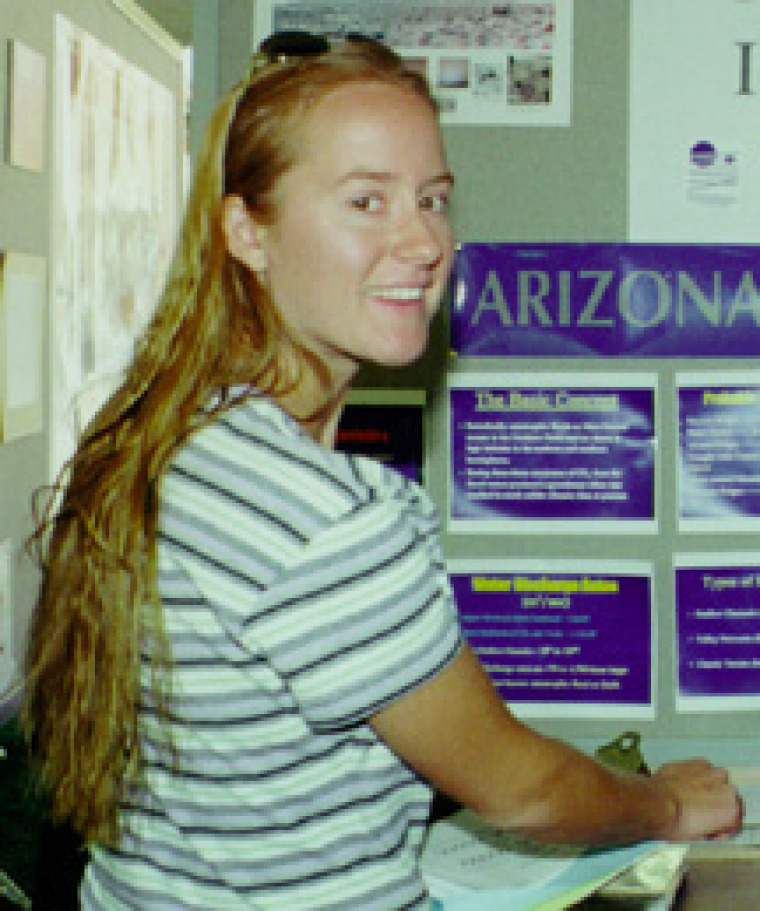Jonathan Alberding
Jonathan Alberding, co-sponsored by the University of Arizona Department of Physics.
During the last semester of my outreach program(s), Program ACCESS and the Student Satellite Project achieved the following landmarks. Program ACCESS achieved a successful first summer camp, which was covered in The Arizona Daily Star. Differentially Abled Middle School students were introduced to disciplines such as the Mathematics of music, the Physics behind Star Wars, and the researching of dinosaurs on the World Wide Web. The students also learned the physiology of arteries and veins, visited a clean room, and used bananas frozen in liquid nitrogen to drive nails through boards. In addition, Program ACCESS provided 6-7 local high school teachers with enrichment grants, one of which helped fund a wetlands project at Palo Verde High School that was featured on local news reports. Program ACCESS funded an additional three enrichment grants this year.
The Student Satellite Project successfully recruited a new Systems Engineering Mentor, Dr. Terry Bahill, and recently recruited its second Systems Engineer, Christiano Abadi, SIE graduate student with a BS in Electrical Engineering. Christiano's background will complement the SSP administration nicely. A Systems Engineering plan was decided upon, with the three main goals to be; one, defining interfaces between teams. Two, creation of a design database for ease of monitoring the overall satellite design, and three, budgeting of necessary resources such as mass, power, and volume. SSP was also included in a UNESS proposal to NASA, which, if successful, would help ensure financial solubility for the project. If the proposal is successful, a sea change in SSP will occur, with SSP's current projects moving to another platform (most likely the International Space Station). The current satellite design will then be modified to perform a radio occultation experiment to measure amounts of water vapor in the stratosphere. This experiment will be performed with Principal Investigator Dr. Ben Herman of the Atmospheric Sciences department of the University of Arizona and under the tutelage of the Jet Propulsion Laboratory. SSP also is completing an update of its website,http://uasat.arizona.edu. Features include new information about events in the project, updated links, new student distribution and organization charts, and soon new documentation and archival sections. Many team websites have also been updated. SSP's next project is to have a pre-review this semester, and use this opportunity to begin to prepare for a Preliminary Design Review (PDR), one of the first milestones on the path to launching the actual satellite.
The Student Satellite Project has been hard at work attempting to prepare for a Preliminary Design Review (PDR), where the students essentially show that their main design parameters will meet their design requirements. This is the next phase in the satellite design process. The PDR, if successful, will give SSP, in addition to the main idea of giving students real-life experience, a basic design with which to approach potential sponsors and benefactors. SSP hopes to perform its PDR in the Spring of 2001. Program ACCESS continues to perform its summer camp and laboratory design review, in addition to its other responsibilities. Thanks to savings within the program, a fourth year of ACCESS looks to be possible.


